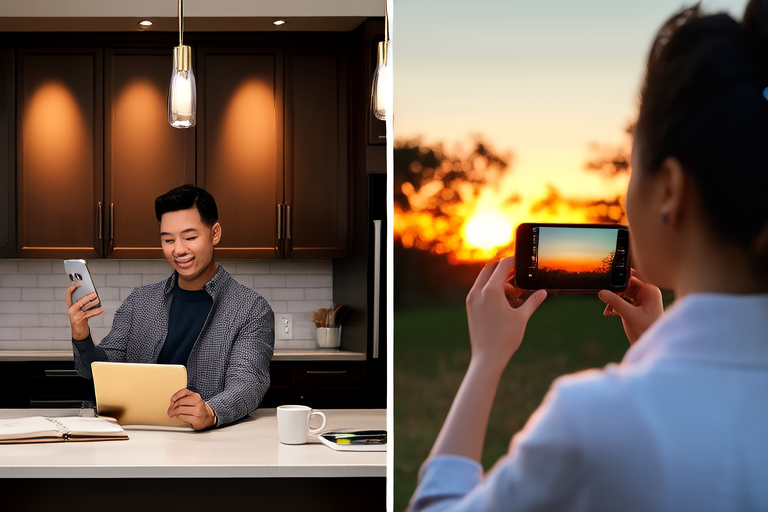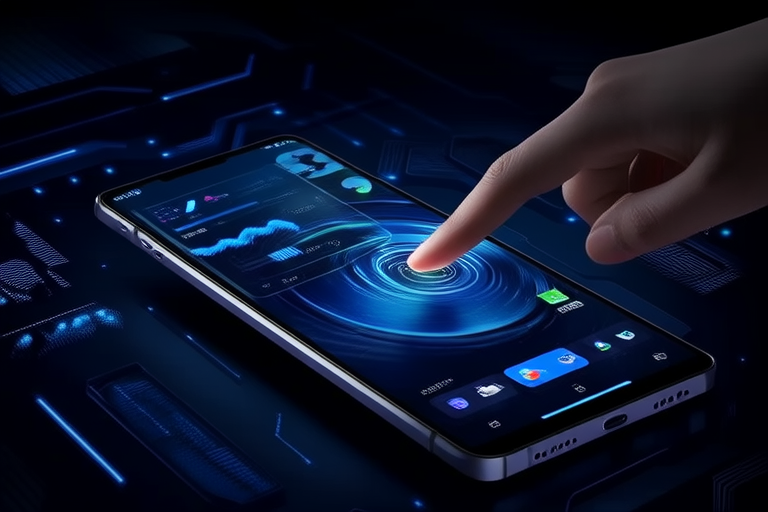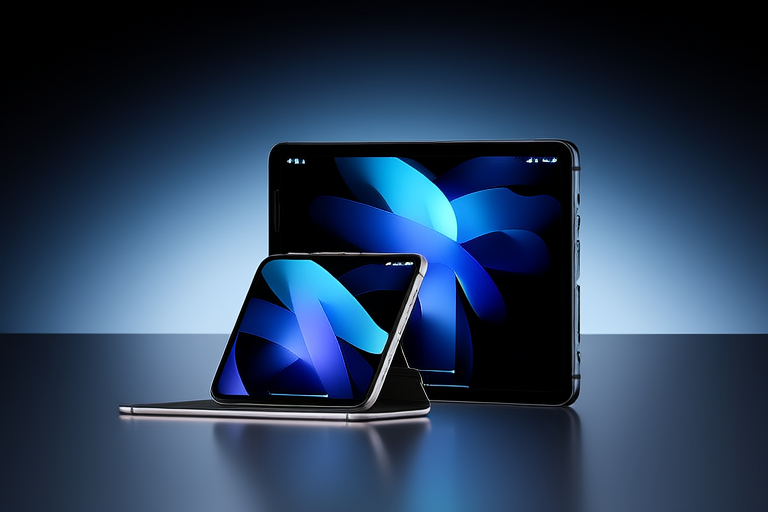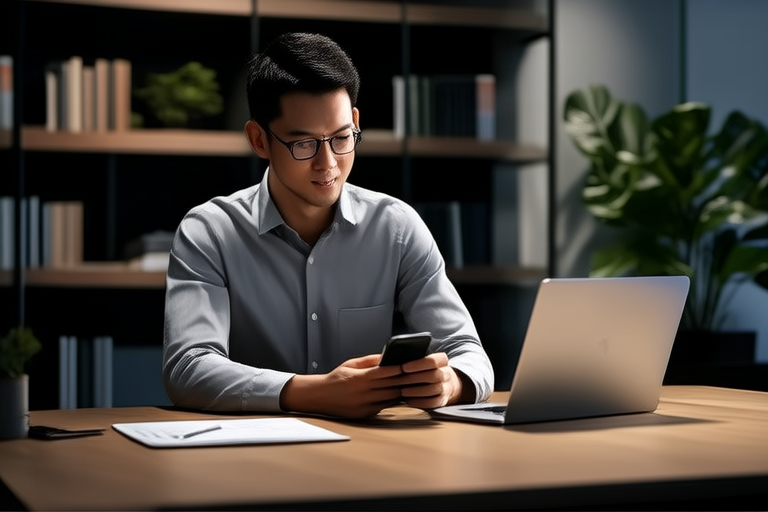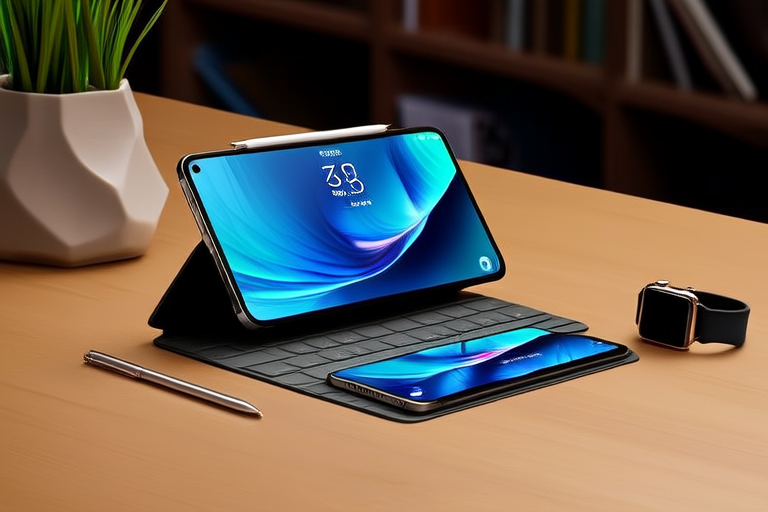Introduction
In today’s fast-paced world, smartphones and tablets have evolved far beyond their origins as simple communication tools. Once limited to making calls and sending text messages, these devices now offer a wide array of functionalities that cater to both professional and personal needs. From facilitating remote work to enhancing entertainment experiences, the versatility of modern smartphones and tablets is unparalleled. Understanding their capabilities in various contexts—whether it’s in the workplace, during leisure time, or even in educational settings—can significantly improve our daily routines. This article explores the multifaceted roles of these devices, highlighting their evolution, applications, and the impact they have on our lives.
The Evolution of Smartphones and Tablets
The journey of smartphones and tablets began decades ago with rudimentary devices that could only perform basic tasks. Early smartphones were primarily used for calling and texting, while tablets were bulky and offered limited functionality. Over the years, technological advancements have transformed these devices into powerful, multi-functional gadgets. Key milestones include the introduction of touchscreens, the rise of mobile operating systems like iOS and Android, and the integration of high-speed internet connectivity. Today’s smartphones and tablets boast advanced processors, high-resolution displays, and cutting-edge cameras, making them indispensable tools in both professional and personal spheres.
For instance, the first iPhone, released in 2007, revolutionized the smartphone industry with its sleek design and intuitive interface. Since then, each new generation of smartphones has brought significant improvements in performance and features. Similarly, tablets like the iPad have evolved from being mere companions to laptops to becoming fully functional devices capable of handling complex tasks. These advancements have expanded the scope of what these devices can do, making them essential tools for modern life.
Smartphones and Tablets in the Workplace
Smartphones and tablets have become indispensable tools for professionals across various industries. They enable seamless communication, efficient task management, and enhanced collaboration. Productivity apps such as Microsoft Office, Google Workspace, and Evernote allow users to create documents, spreadsheets, and presentations on the go. Cloud storage solutions like Dropbox and Google Drive provide secure and accessible storage for important files, ensuring that work is never lost.
The mobility and accessibility offered by these devices are particularly beneficial in remote work environments. Employees can participate in video conferences, collaborate on projects, and manage their schedules without being tied to a desk. For example, many businesses have adopted collaboration software like Slack and Zoom, which facilitate real-time communication and team coordination. By leveraging the power of smartphones and tablets, professionals can maintain productivity and stay connected, regardless of their location.
Entertainment and Leisure
Smartphones and tablets have also transformed the way we consume entertainment. With the advent of streaming services like Netflix, Hulu, and Spotify, users can enjoy their favorite movies, TV shows, and music anytime and anywhere. Gaming has also seen significant growth, with mobile games like “PUBG Mobile” and “Fortnite” attracting millions of players worldwide. The integration of haptic feedback, high-resolution displays, and advanced audio systems enhances the gaming experience, making it more immersive and engaging.
Moreover, augmented reality (AR) and virtual reality (VR) technologies are pushing the boundaries of user engagement. AR apps like Pokémon Go and VR headsets like Oculus Quest offer unique and interactive experiences that blur the line between the digital and physical worlds. These features not only entertain but also provide innovative ways to interact with content, making smartphones and tablets essential tools for leisure activities.
Educational and Learning Tools
Smartphones and tablets play a crucial role in education and lifelong learning. Educational apps, e-books, and interactive learning platforms make learning accessible and engaging. Platforms like Duolingo, Khan Academy, and Coursera offer courses on a wide range of subjects, from languages to coding. E-books and audiobooks allow students and learners to access vast libraries of knowledge at their fingertips.
In classrooms, tablets are increasingly being used to supplement traditional teaching methods. Interactive whiteboards and digital textbooks enhance the learning experience, making it more dynamic and inclusive. For self-learners, mobile learning provides flexibility and convenience, allowing individuals to pursue their interests and skills at their own pace. By leveraging the power of smartphones and tablets, educators and learners alike can bridge gaps in access to education and promote continuous learning.
Health and Wellness Applications
Smartphones and tablets contribute significantly to health and wellness through a variety of applications. Fitness tracking apps like Fitbit and MyFitnessPal help users monitor their physical activity, diet, and sleep patterns. Mental health apps such as Headspace and Calm offer guided meditations and mindfulness exercises, promoting emotional well-being. Telemedicine services enable patients to consult with healthcare providers remotely, improving access to medical care.
The integration of wearable technology, such as smartwatches and fitness bands, further enhances health monitoring. These devices track vital signs, heart rate, and other health metrics, providing valuable insights into an individual’s overall well-being. By leveraging the capabilities of smartphones and tablets, healthcare providers can deliver personalized and timely interventions, ultimately improving patient outcomes.
Security and Privacy Considerations
Data security and privacy are critical concerns in the context of mobile devices. As smartphones and tablets store sensitive information, it is essential to adopt best practices to protect personal data. Encryption, biometric authentication, and secure browsing practices are effective measures to safeguard against unauthorized access. Regular software updates ensure that vulnerabilities are addressed promptly, reducing the risk of data breaches.
Users should also be mindful of app permissions and avoid downloading untrusted applications. By managing app permissions carefully and keeping their devices up to date, users can minimize risks and protect their personal information. Additionally, employing strong passwords and enabling two-factor authentication adds an extra layer of security, ensuring that only authorized individuals can access sensitive data.
Conclusion
In conclusion, smartphones and tablets have become versatile tools that significantly enhance both professional and personal lives. From facilitating remote work to enhancing entertainment experiences, these devices offer a wide range of functionalities that cater to diverse needs. Their evolution from basic communication tools to multi-functional gadgets underscores their importance in modern society. By exploring the full potential of these devices, users can unlock new opportunities for productivity, creativity, and well-being.
Whether you’re a professional, a student, or simply someone looking to stay entertained, smartphones and tablets offer endless possibilities. Embrace their versatility and integrate them into your daily routine to maximize their benefits. As technology continues to advance, the future of these devices looks promising, offering even more innovative solutions to meet our evolving needs.
